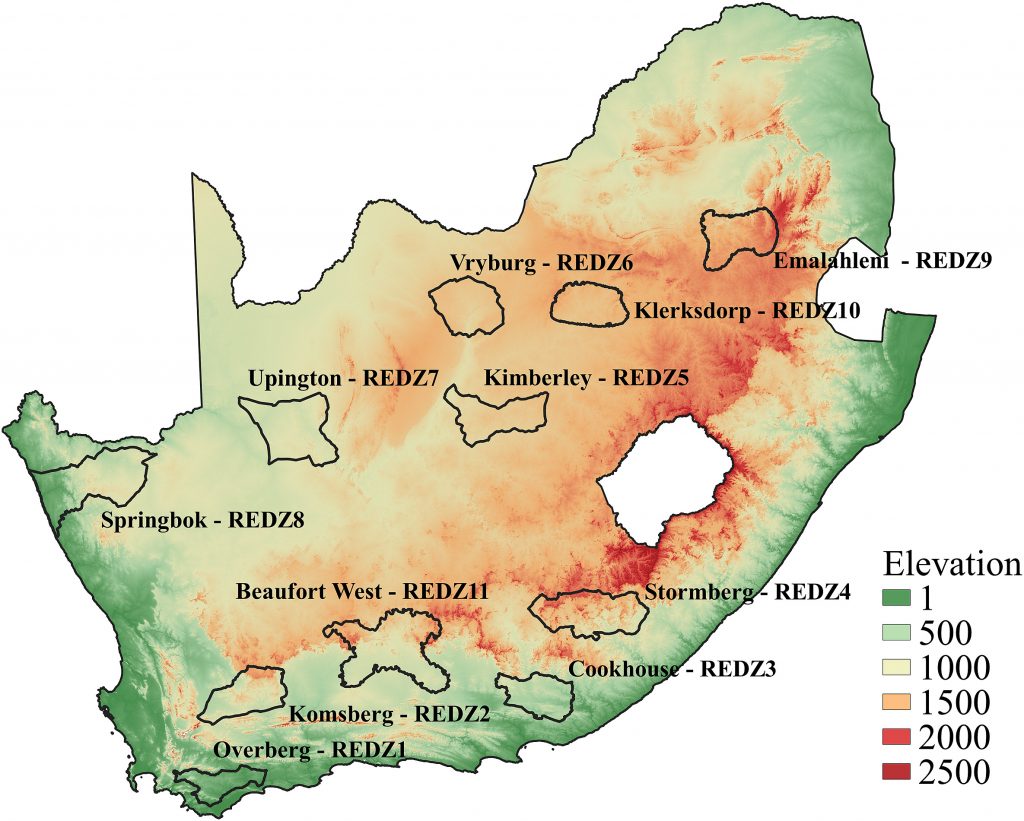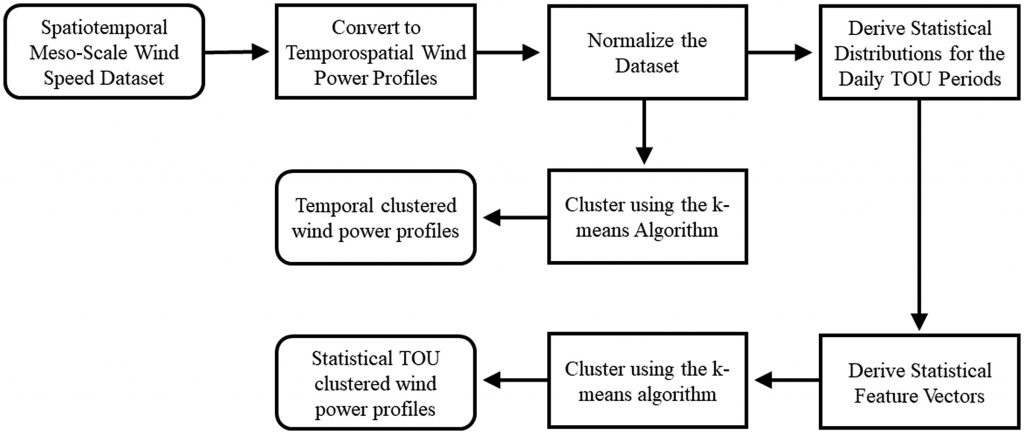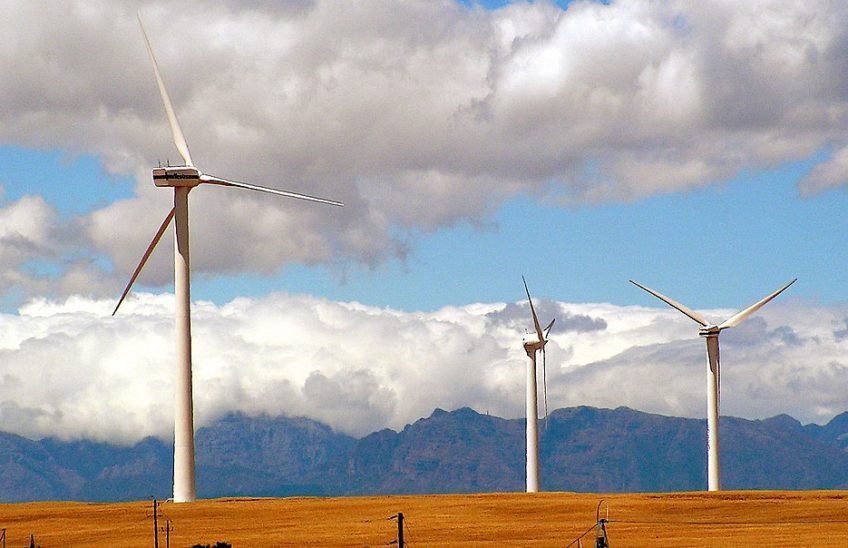The global drive to ensure a future built on sustainable energy is giving rise to the rapidly increasing penetration of variable renewable energy into modern power grids. This has piqued interest in strategies and methodologies that can mitigate short- to medium-term operational grid integration risks. However, it requires the assessment, characterisation, and classification of renewable energy resources in the context of the operational challenges that are inherent to the large-scale grid integration of renewable energy.
PhD candidate, Chantelle van Staden, together with supervisors, Prof Hendrik Vermeulen and Dr Matthew Groch, all from the Department of Electrical and Electronic Engineering at Stellenbosch University, explore a methodology for classifying wind energy resources, using feature vectors defined in terms of the statistical properties of the wind resource for Time-of-Use energy demand periods. The results of this research are presented for the geographic areas associated with the South African Renewable Energy Development Zones, using a mesoscale wind atlas dataset as the resource input.

Highlights of the research include:
- The ability to translate wind power profiles to statistical energy Time-of-Use feature vectors.
- The reduction of a high dimensionality temporal wind power dataset.
- A statistically reduced dataset retaining critical underlying characteristics.
- A comparison of temporospatial inputs with statistical clustering methodology.
The clustering methodology applied to this research is illustrated below:

Results
The research results indicate that cluster formations obtained with the respective inputs exhibit distinct differences, especially regarding the spatial granularity and geographical dispersion of the clusters. Overall, the results show that the power profiles associated with the individual clusters obtained by the feature vector approach have similar or higher means and similar or lower standard deviations compared to the clusters obtained with spatiotemporal profiles. Consequently, the proposed Time-of-Use feature vector approach offers advantages for application as a classification and data partitioning methodology for spatiotemporal wind profiles.
Read the complete research paper: Van Staden, Chantelle Y. & Vermeulen, Hendrik J. & Groch, Matthew, 2021. “Time-of-Use feature-based clustering of spatiotemporal wind power profiles,” Energy, Elsevier, vol. 236(C), https://doi.org/10.1016/j.energy.2021.121474





